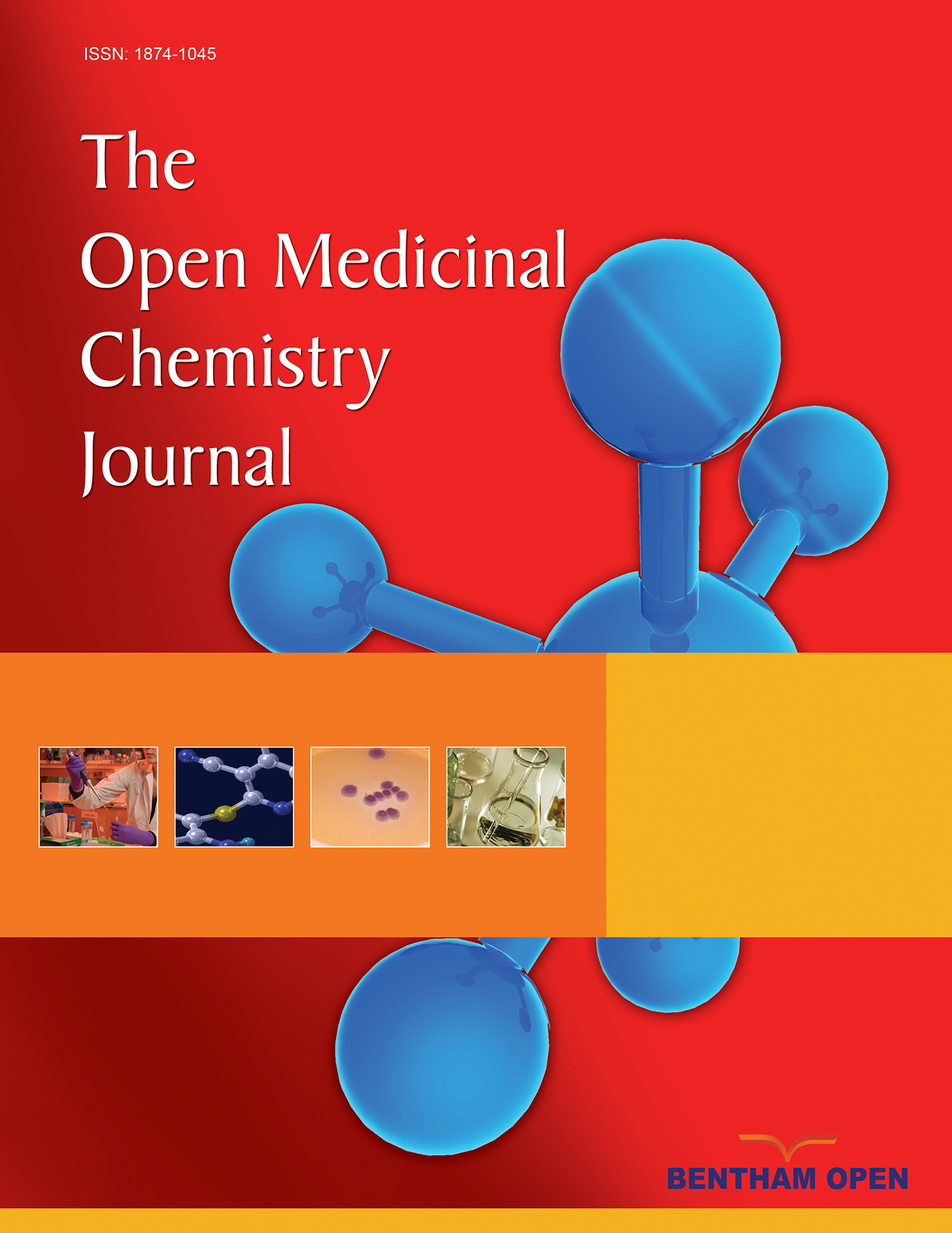All published articles of this journal are available on ScienceDirect.
Oxidation of Hydroxy- and Dihydroxybenzoic Acids Under the Udenfriend's Conditions. An HPLC Study
Abstract
Background:
Non-enzymatic hydroxylation of aromatic compounds to the respective phenolic derivatives is a possible metabolic pathway of xenobiotics. The formed metabolites can undergo consecutive oxidative reactions with free radicals to form potential toxic molecules.
Objective:
Development of HPLC methods to separate, identify and quantitate the main products formed from salicylic acid, 2,3-dihydroxybenzoic acid and 2,5-dihydroxybenzoic acid under in vitro hydroxylation conditions (Udenfriend's system).
Method:
An RP-HPLC-UV-Vis method was developed to separate salicylic acid and isomeric dihydroxybenzoic acids formed in the Udenfriend's system. Confirmation of structures of the oxidized products of salicylic acid, 2,3-dihydroxybenzoic acid and 2,5-dihydroxybenzoic acid was performed by HPLC-ESI-MS/MS method.
Results:
The HPLC-UV-Vis method was evaluated for a number of validation characteristics (selectivity, repeatability and intermediate precision, LOD, LOQ and calibration range). It was found that oxidation of salicylic acid resulted in the formation of 2,3- and 2,5-dihydroxybenzoic acids. Furthermore, the hydroxylated metabolites can be further metabolized under the Udenfriend’s conditions.
Conclusion:
The results give evidence for possible involvement of the oxidized metabolites of salicylic acid in the development of biological action of salicylates at the site of inflammation, where high hydroxyl radical level can be detected.


